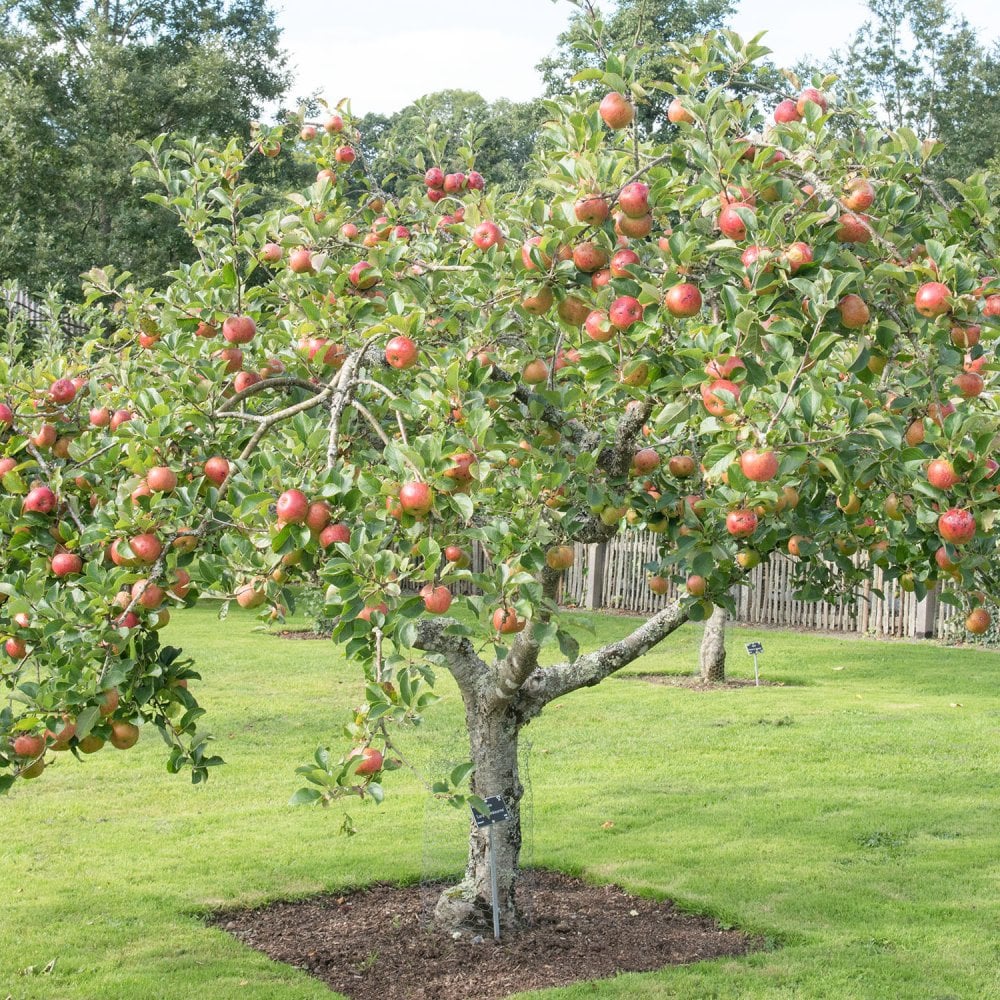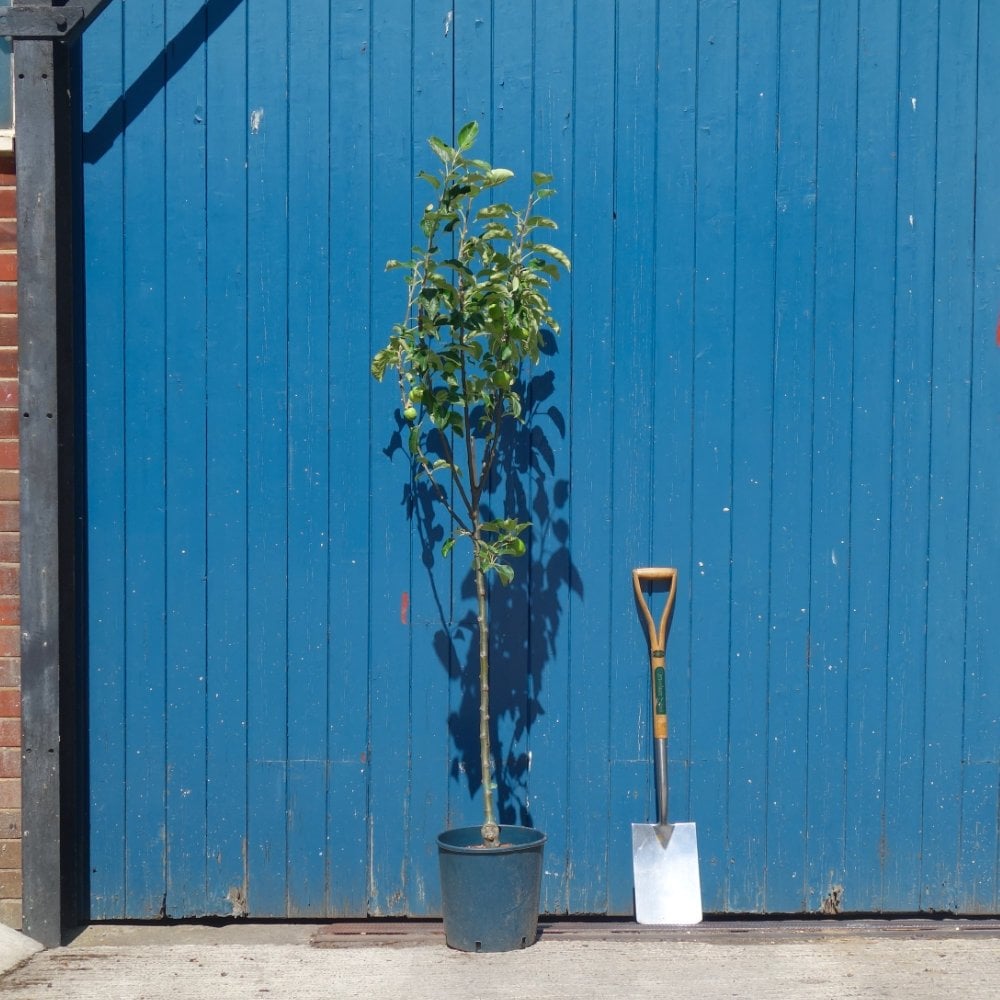Lord Lambourne Apple Tree
Lord Lambourne Apple Tree
Eating Apple Trees

Lord Lambourne Apple Tree
Eating Apple Trees



Key features





Description
Lord Lambourne is a delicious crunchy apple with a pleasing rounded shape and deep orange-red flush all over green skin. The flavour of this eating apple is good, sweet with a hint of strawberries, and aromatic.
This variety is suited to Northern or less favourable positions and produces good crops from late September or early October. A pollination partner is required in the form of an A, B or C grouped Apple tree within a half mile radius.
Malus domestica 'Lord Lambourne' apple tree has won the RHS Award of Garden Merit and comes from Bedfordshire in 1907.
| Small shrubs (1-3) | Young trees & 4+ small shrubs | Select semi-mature trees & shrubs (1-4) | All other mature trees (any quantity) | |
|---|---|---|---|---|
| Mainland UK ex. Scottish Highlands | £10 | £12 | £35 | from £55 |
| Scottish Highlands & the Islands | From £30 | |||
| Outside Mainland UK | Currently we are unable to deliver outside of Mainland UK | |||
Product Details
Key features





Description
Lord Lambourne is a delicious crunchy apple with a pleasing rounded shape and deep orange-red flush all over green skin. The flavour of this eating apple is good, sweet with a hint of strawberries, and...
Lord Lambourne is a delicious crunchy apple with a pleasing rounded shape and deep orange-red flush all over green skin. The flavour of this eating apple is good, sweet with a hint of strawberries, and aromatic.
This variety is suited to Northern or less favourable positions and produces good crops from late September or early October. A pollination partner is required in the form of an A, B or C grouped Apple tree within a half mile radius.
Malus domestica 'Lord Lambourne' apple tree has won the RHS Award of Garden Merit and comes from Bedfordshire in 1907.
Planting & Care
Delivery Information
| Small shrubs (1-3) | Young trees & 4+ small shrubs | Select semi-mature trees & shrubs (1-4) | All other mature trees (any quantity) | |
|---|---|---|---|---|
| Mainland UK ex. Scottish Highlands | £10 | £12 | £35 | from £55 |
| Scottish Highlands & the Islands | From £30 | |||
| Outside Mainland UK | Currently we are unable to deliver outside of Mainland UK | |||
MORE TO GROW YOUR GARDEN





















